Bird Collection: Female Tufted Duck
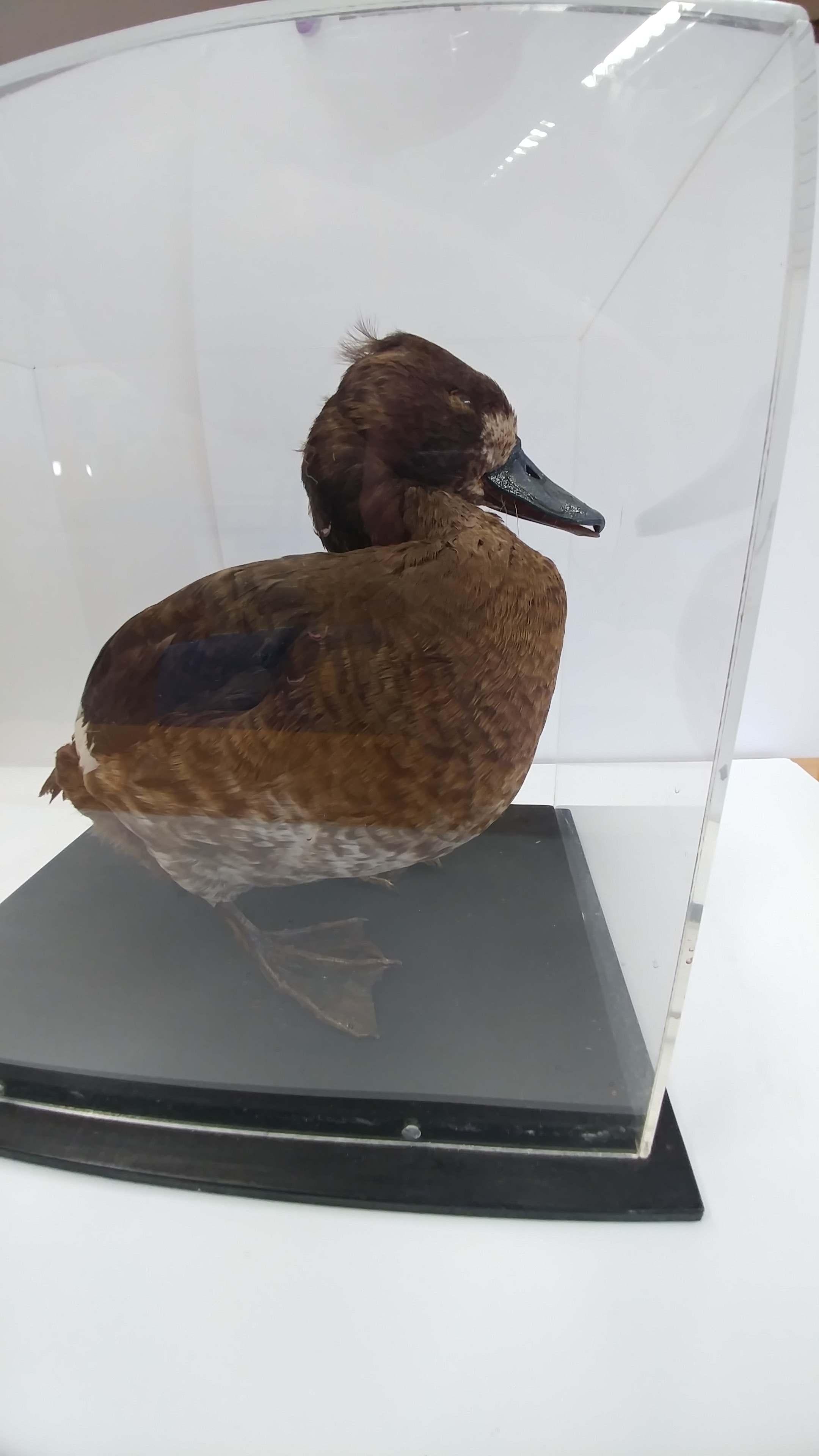 This female Tufted Duck is part of our Science Department Collection.
This female Tufted Duck is part of our Science Department Collection.
 This female Tufted Duck is part of our Science Department Collection.
This female Tufted Duck is part of our Science Department Collection.
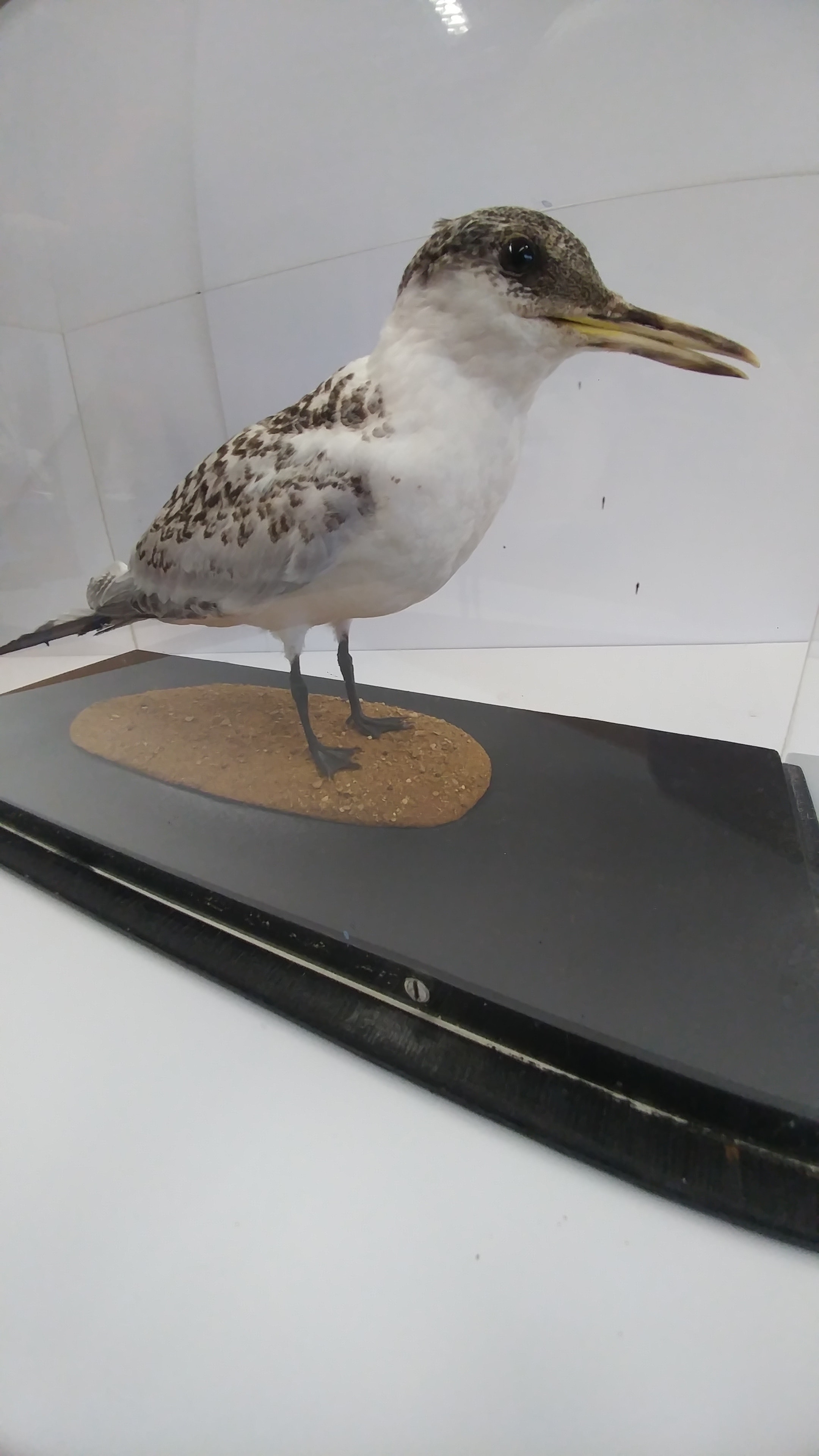 This Sandwich Tern is part of our Science Department Collection.
This Sandwich Tern is part of our Science Department Collection.
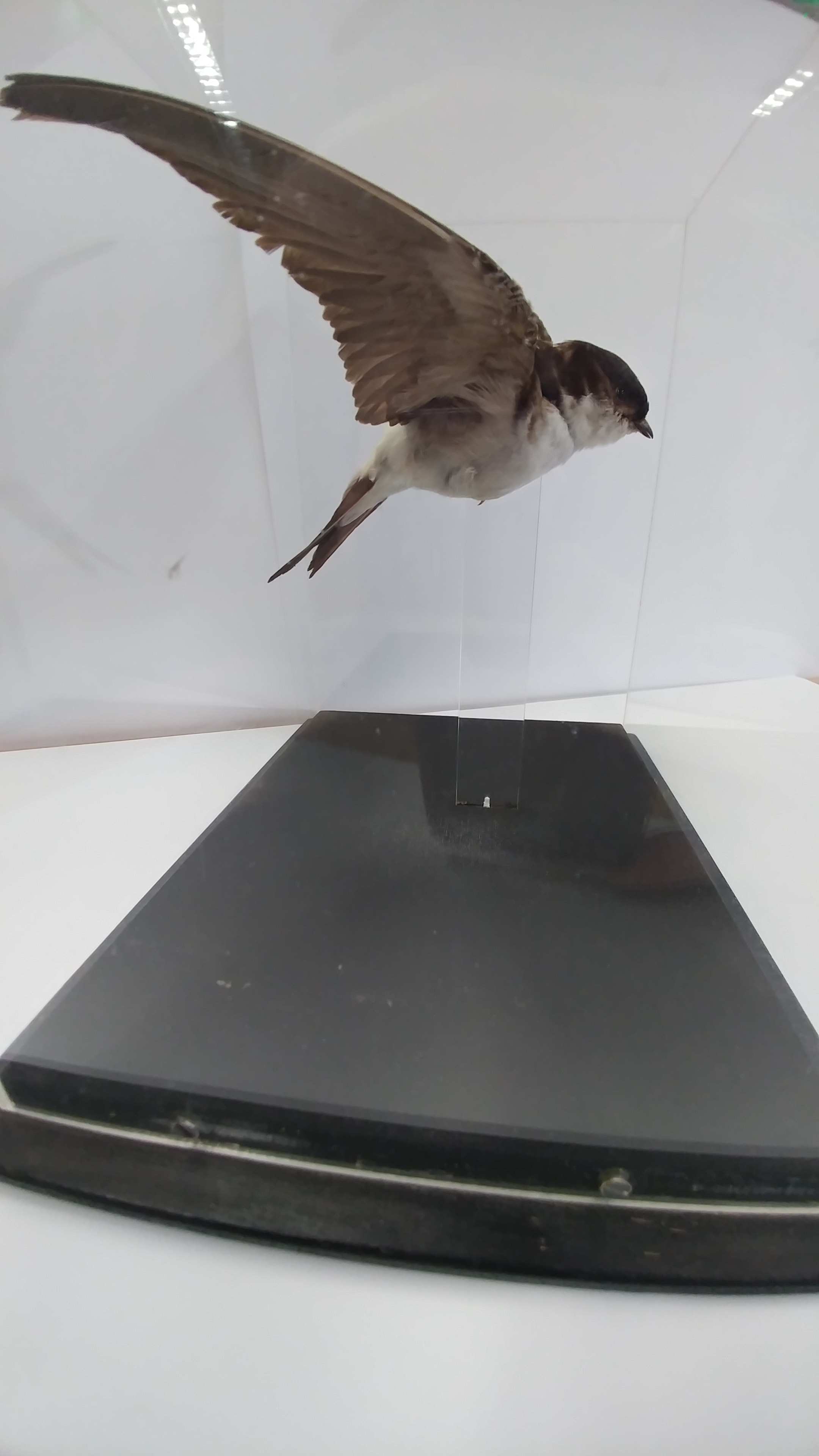 This House Martin is part of our Science Department Collection.
This House Martin is part of our Science Department Collection.
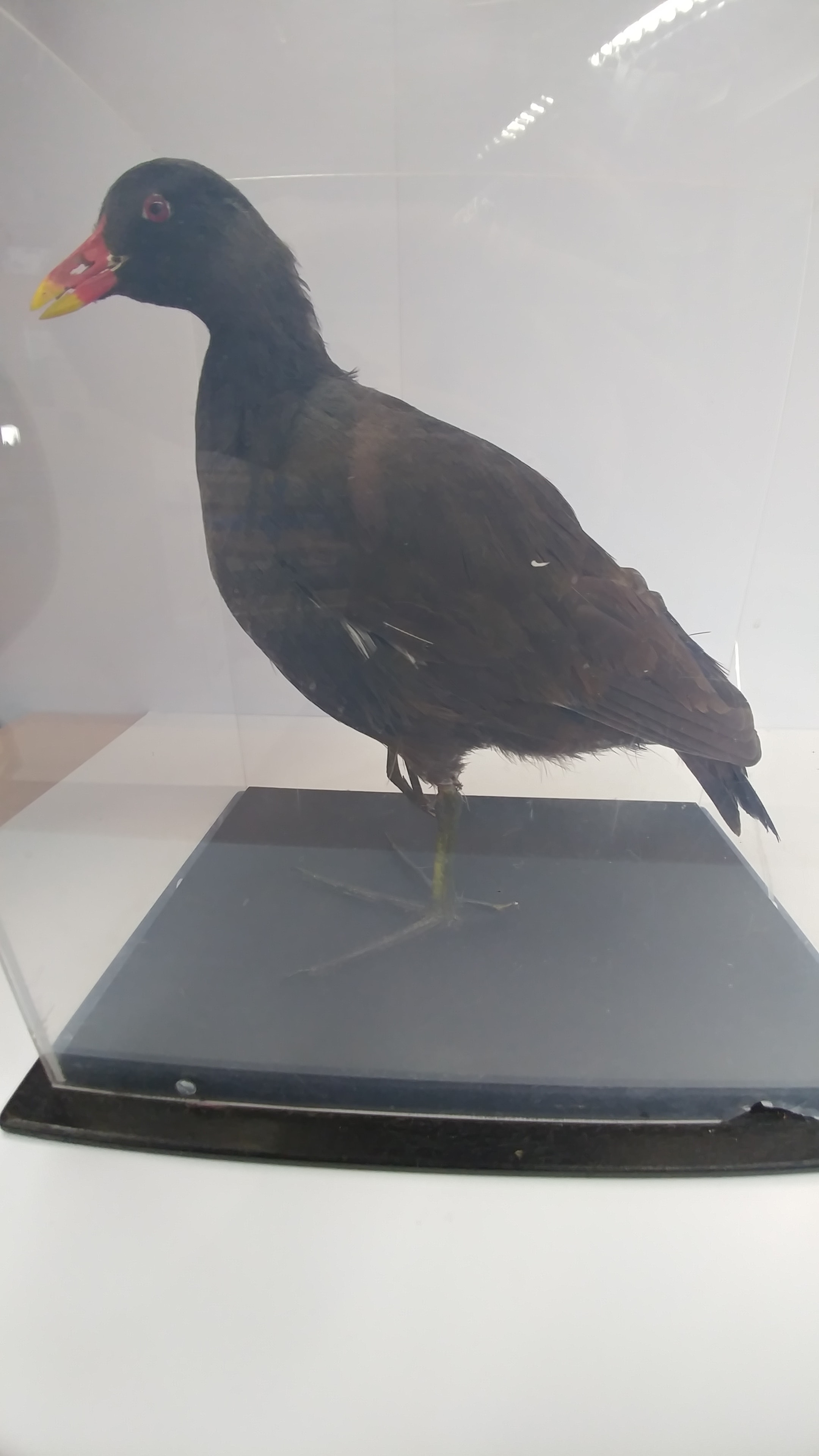 This Moorhen is part of our Science Department Collection.
This Moorhen is part of our Science Department Collection.
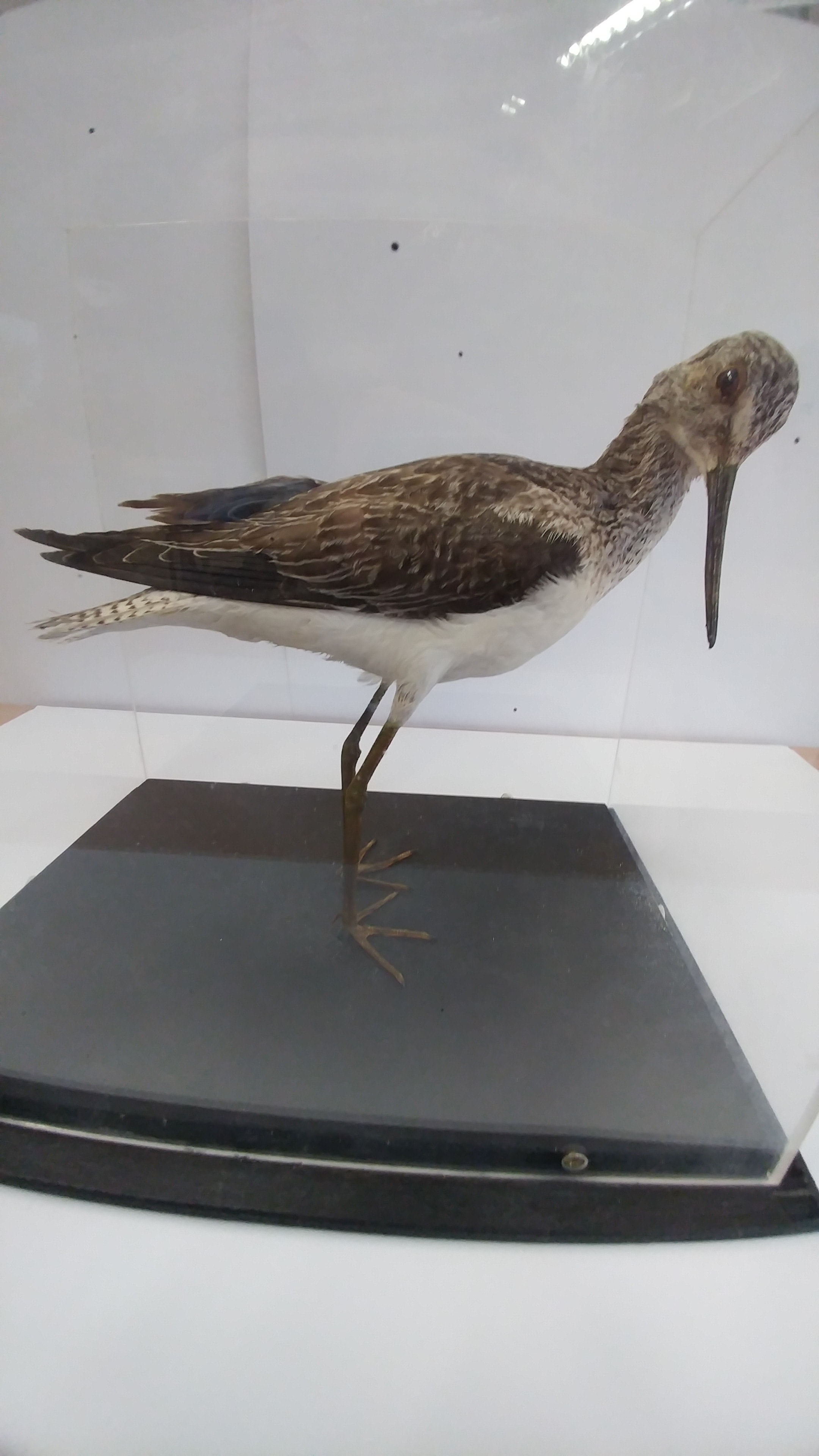 This Greenshank is part of our Science Department Collection.
This Greenshank is part of our Science Department Collection.
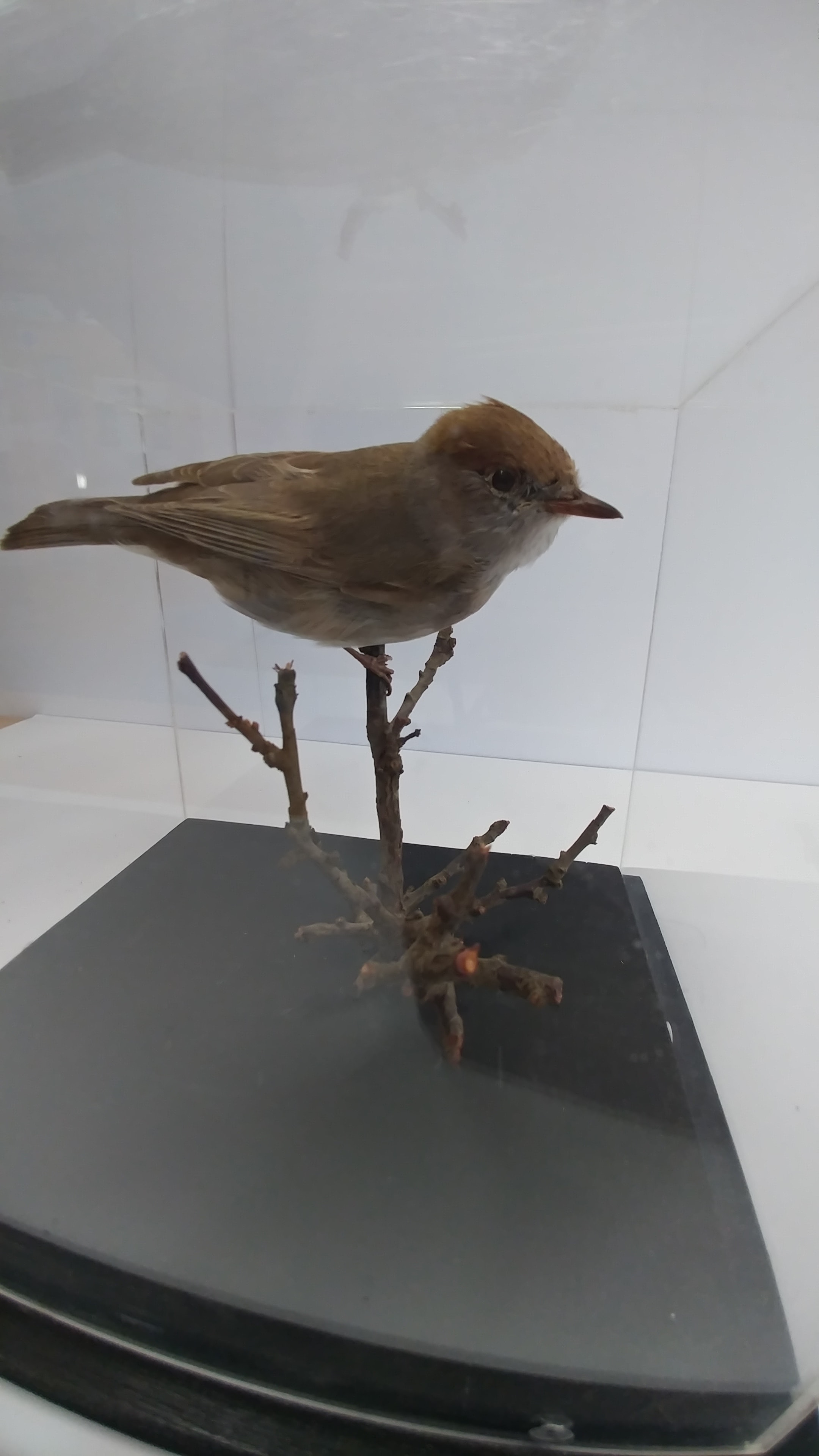
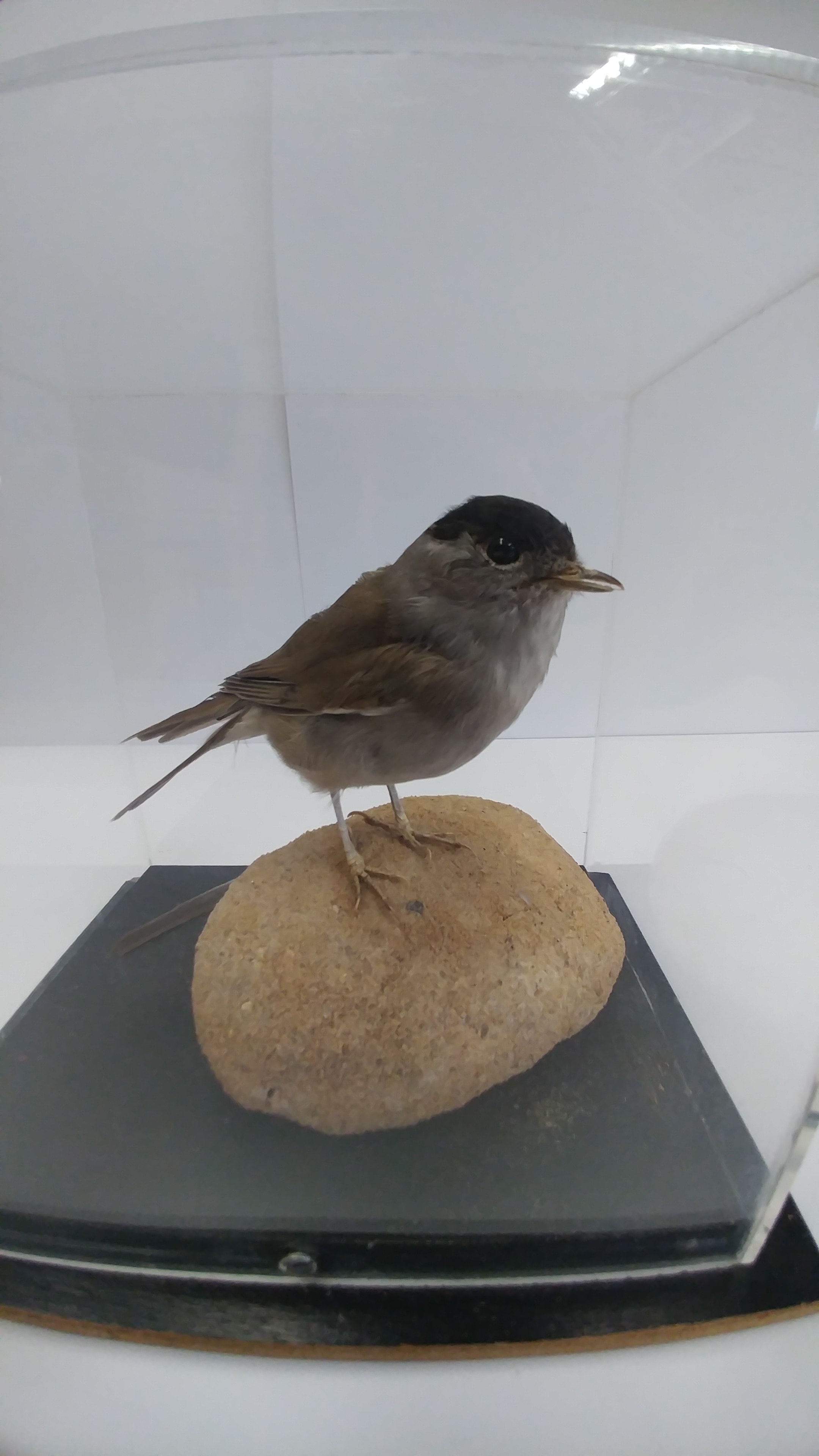 These male and female Blackcaps are part of our Science Department Collection.
These male and female Blackcaps are part of our Science Department Collection.
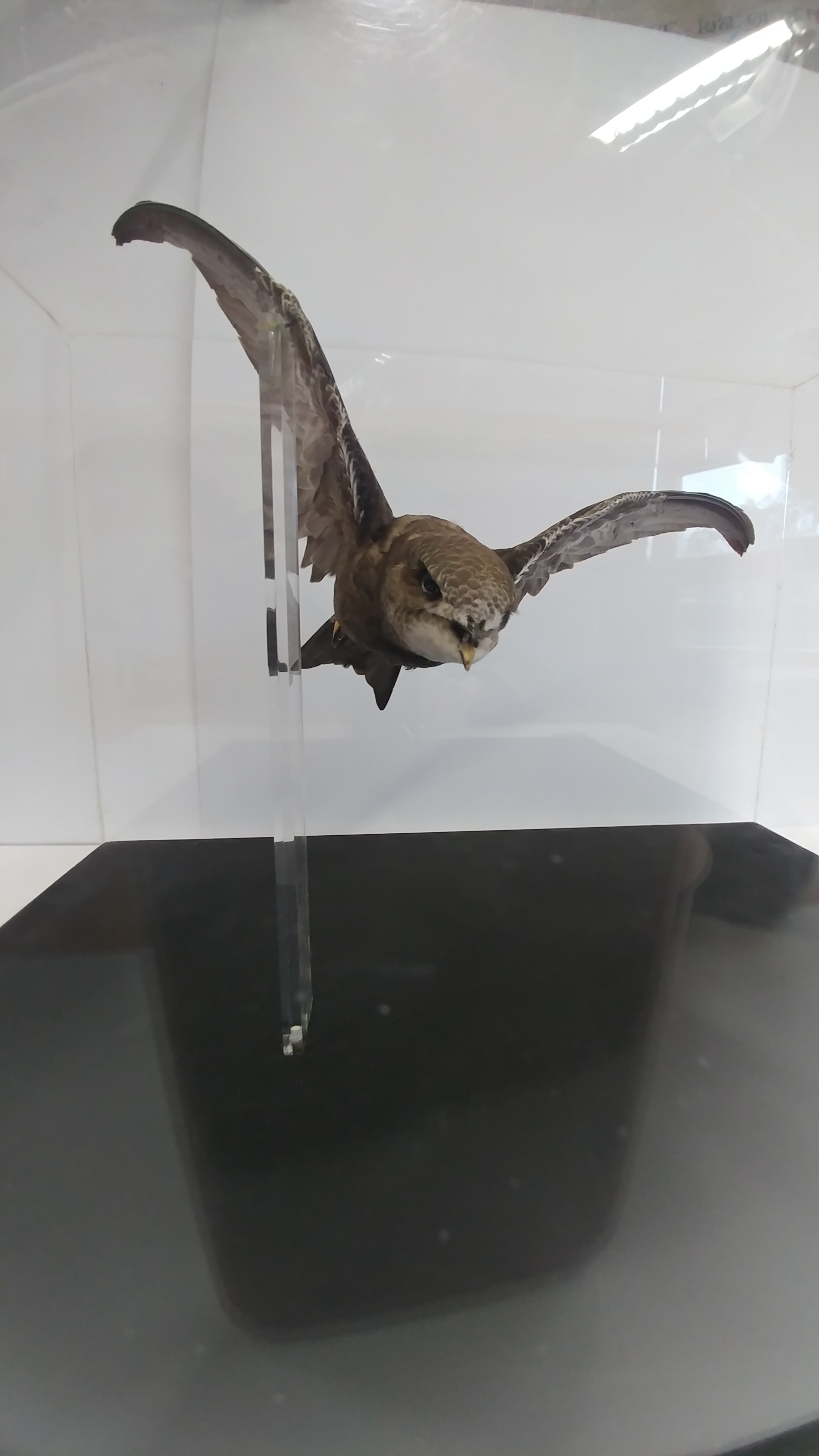 This Swift is part of our Science Department Collection.
This Swift is part of our Science Department Collection.
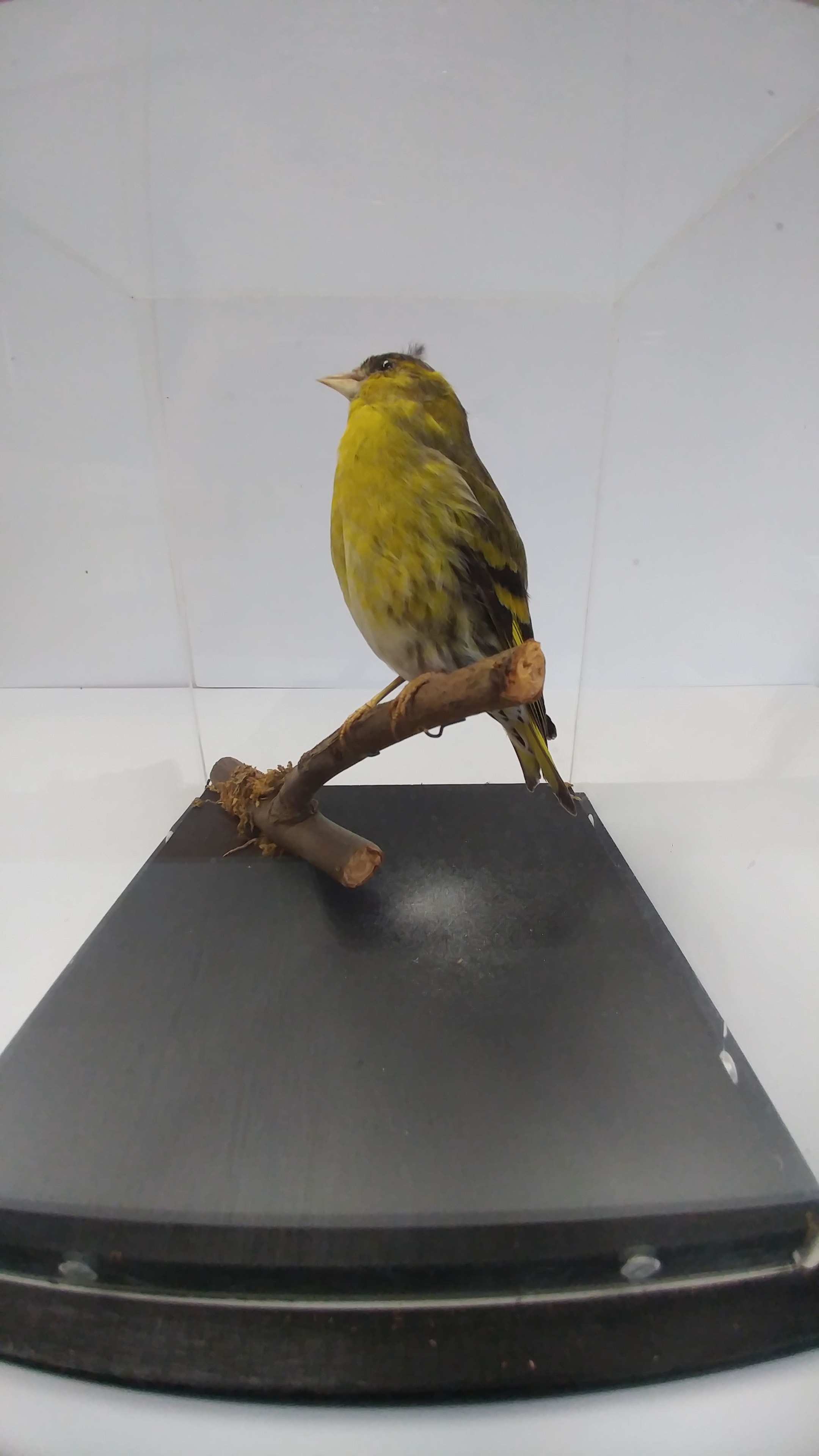 This Siskin is part of our Science Department Collection.
This Siskin is part of our Science Department Collection.
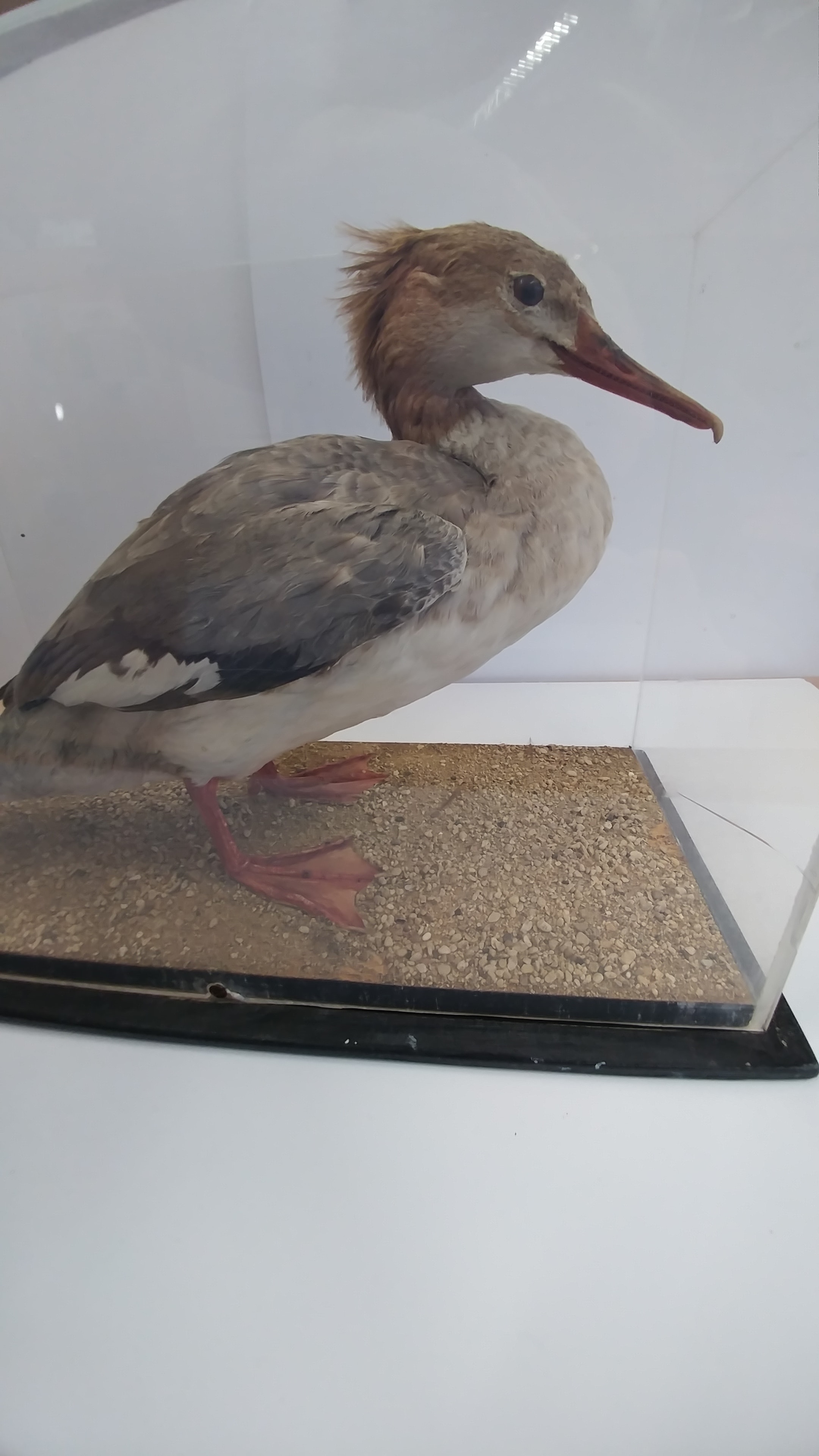 This Red-breasted Merganser is part of our Science Department Collection.
This Red-breasted Merganser is part of our Science Department Collection.
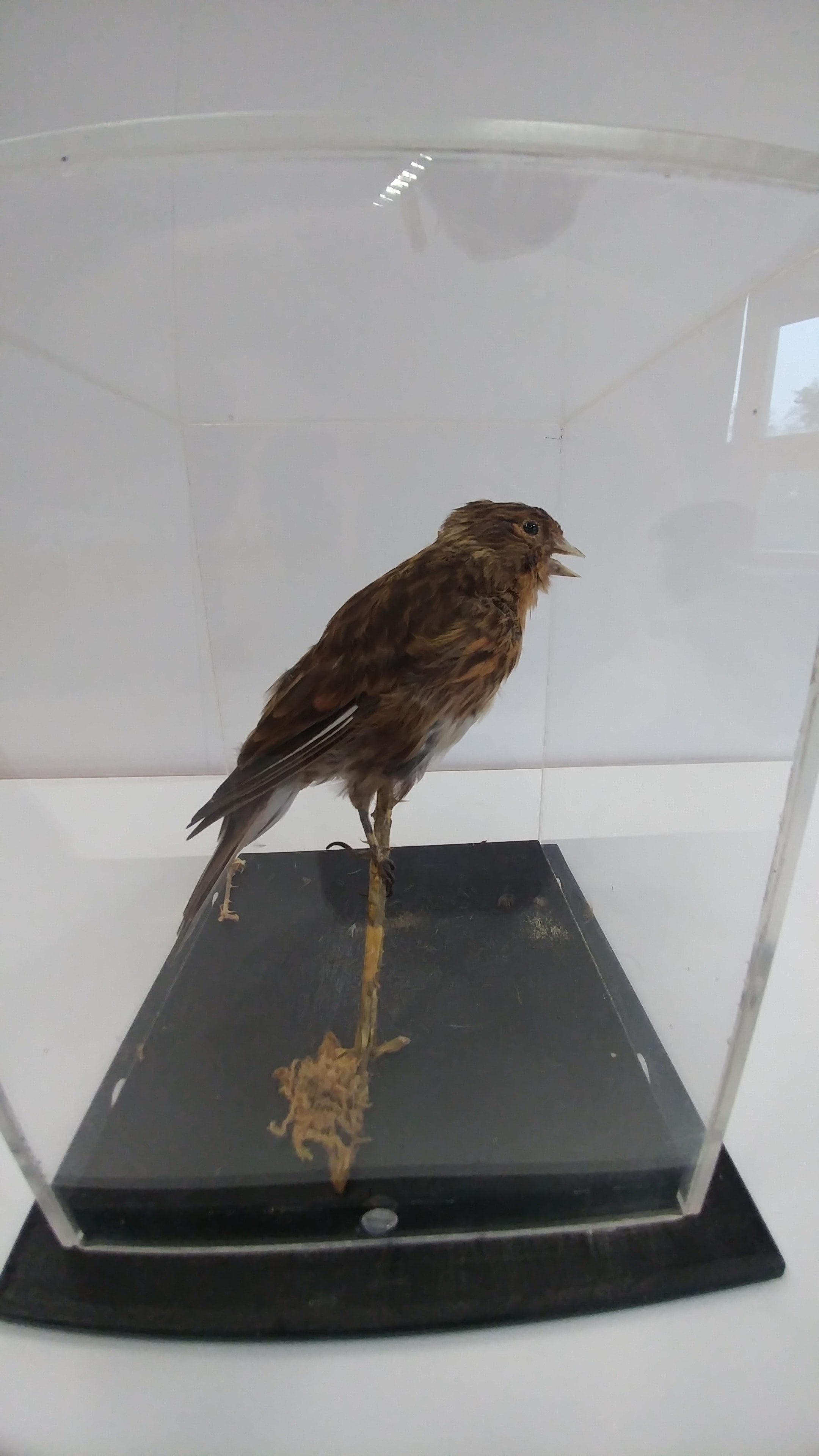 This twite is part of our Science Department Collection.
This twite is part of our Science Department Collection.
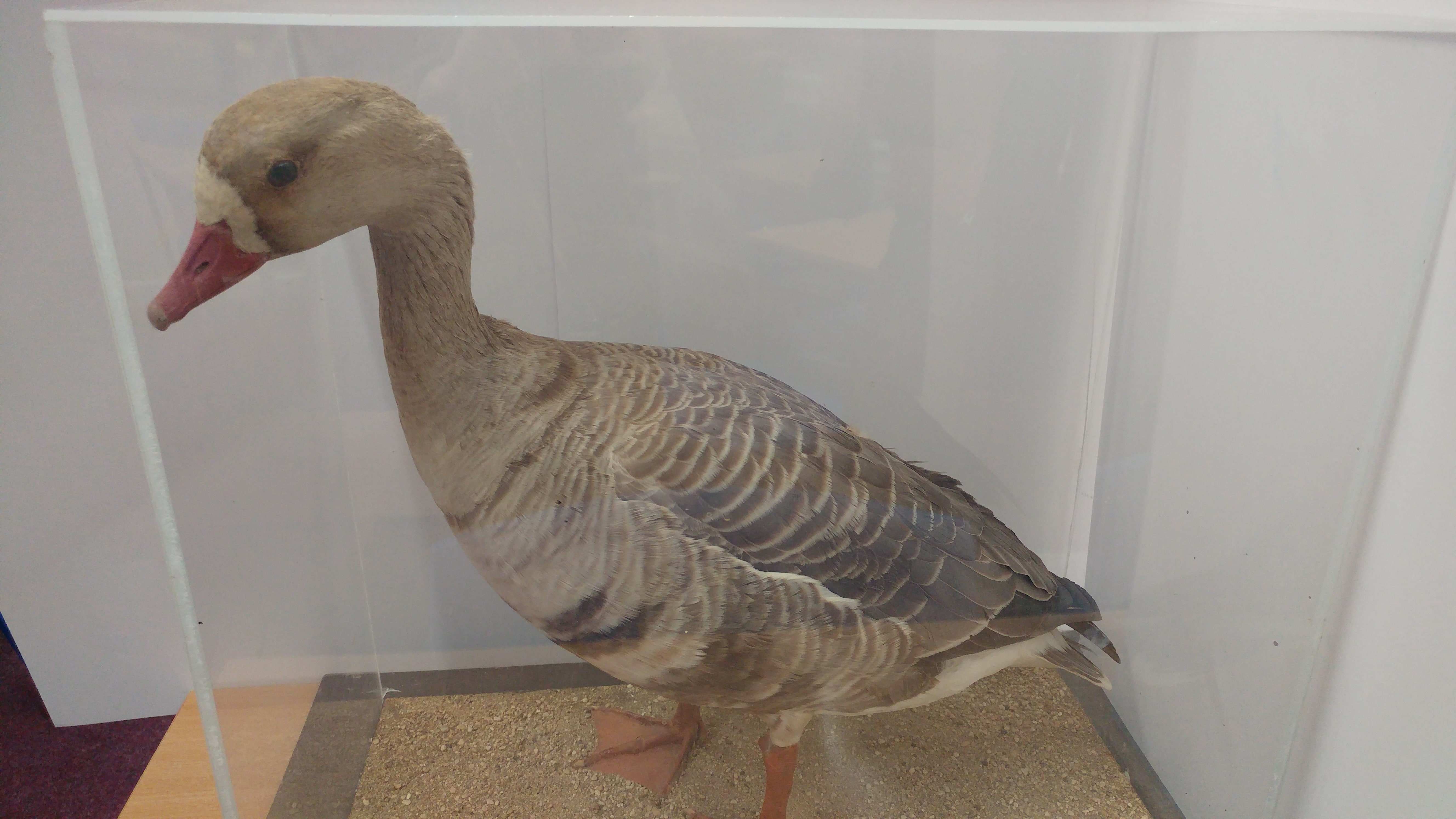 This White-fronted Goose is part of our Science Department Collection.
This White-fronted Goose is part of our Science Department Collection.
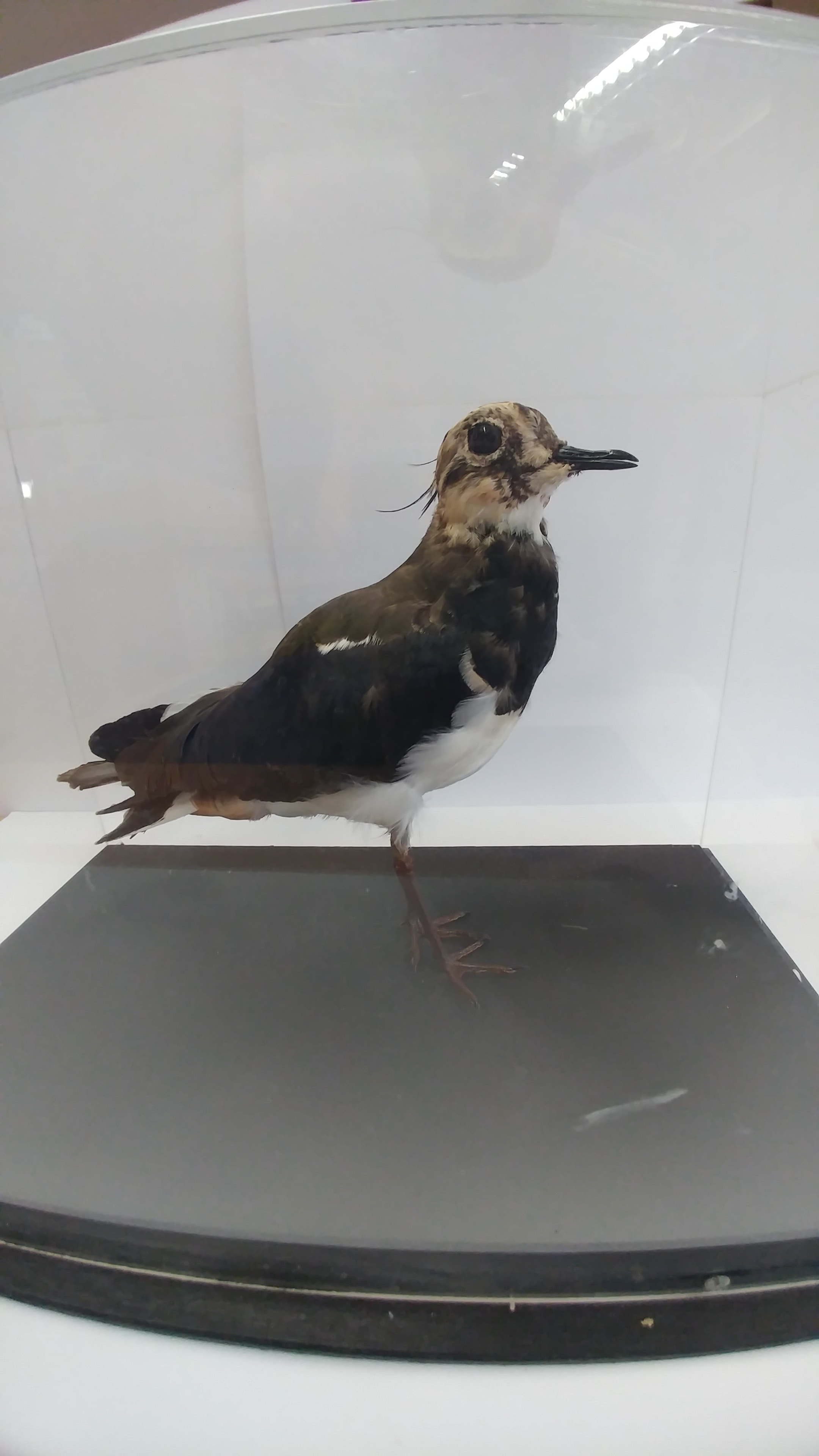 This Lapwing is part of our Science Department Collection.
This Lapwing is part of our Science Department Collection.